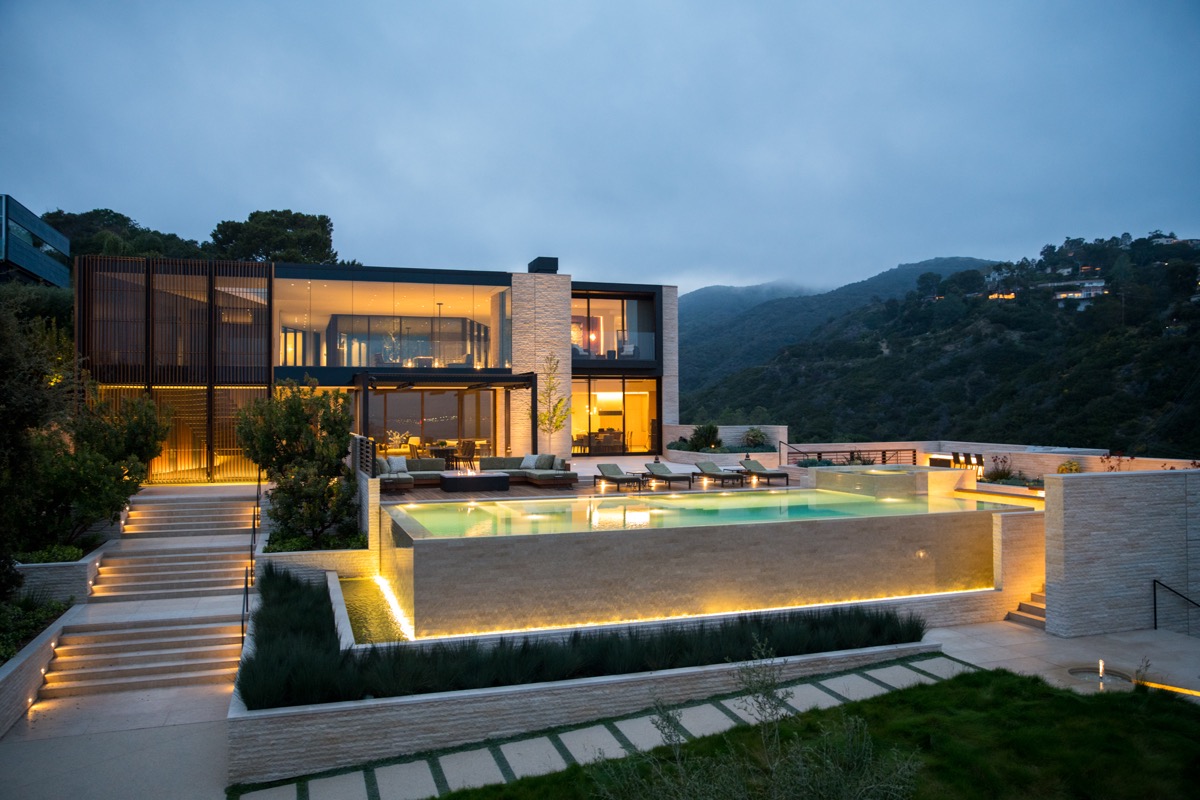Technology has significantly impacted custom home design, transforming the way architects, designers, and homeowners approach the creation of unique, personalized living spaces. As technological advancements continue to reshape the design process, they have brought about new possibilities and enhanced capabilities in custom home design. Here are some key ways in which technology has influenced custom home design:
Visualization and 3D Modeling: Advanced visualization and 3D modeling software allow architects and designers to create detailed, realistic renderings, enabling clients to visualize and experience the proposed home design before construction. This technology helps in refining and validating design concepts, leading to more accurate and visually captivating representations of custom homes.
Parametric Design and Computational Tools: Computational design and parametric modeling tools have revolutionized the design process, empowering architects to generate complex, customized forms and intricate architectural details. These digital tools enable the exploration of innovative design solutions, pushing the boundaries of what is achievable in custom home design.
Sustainable Design and Analysis: Technology has facilitated the integration of sustainable design practices into custom home projects. Energy modeling software, daylighting analysis tools, and environmental simulation programs allow designers to optimize energy efficiency, material choices, and environmental performance, supporting the creation of environmentally conscious custom homes.
Building Information Modeling (BIM): BIM software has improved collaboration, coordination, and information management throughout the custom home design process. BIM enables architects, engineers, and contractors to work in a unified digital environment, fostering better communication, decision-making, and integration of design and construction data.
Innovative Materials and Fabrication Techniques: Technological advancements have led to the development of new materials and fabrication techniques that offer increased versatility and customization. Custom home designs can now incorporate advanced materials, such as 3D-printed components, smart glass, and sustainable composites, enabling innovative and bespoke architectural solutions.
Smart Home Integration: The rise of smart home technology has reshaped custom home design by incorporating advanced systems for home automation, security, and energy management. Custom-designed homes can seamlessly integrate smart features, including connected appliances, intelligent lighting, automated climate control, and integrated audiovisual systems, enhancing convenience and lifestyle customization.
Remote Collaboration and Communication: Digital tools and communication platforms enable real-time collaboration between designers, clients, and other stakeholders, regardless of geographic location. This facilitates efficient communication, feedback, and decision-making throughout the custom home design process.
In conclusion, technology has revolutionized custom home design, expanding the possibilities, capabilities, and efficiencies of architectural and interior customization. From advanced visualization and sustainability analysis to smart home integration and innovative materials, technological advancements continue to enrich the process of creating bespoke, personalized living spaces, offering endless options for individualized and technologically integrated custom home design.
